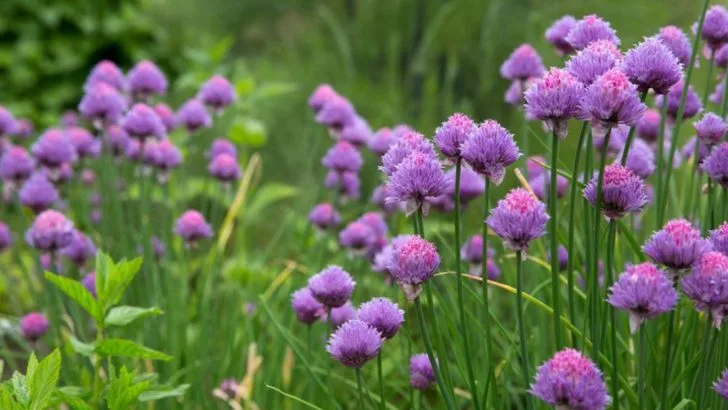Deer have excellent taste. They’ll skip your weeds and head straight for the juicy, expensive blooms you just planted. One minute your garden’s glowing—next, it’s a buffet. But not all flowers wave the white flag. Some fight back with scent, texture, or a flavor that makes deer turn up their noses. And lucky for us, a few of these bold bloomers are just as beautiful as they are stubborn. Want a garden that feeds you and keeps the four-legged freeloaders out? These seven flowers hold their own—and they look good doing it.
Lavender

Lavender, with its soothing aroma and vibrant hues, stands as a sentinel against deer.
This Mediterranean native not only beautifies gardens but also lends its floral essence to culinary dishes, teas, and desserts.
While its scent is calming to humans, deer find it unappealing, making it a perfect choice for gardens seeking tranquility without intrusion.
Growing lavender is simple: just provide ample sunlight and well-draining soil.
Did you know? Historically, lavender was used in baths to purify the body and spirit.
Bee Balm
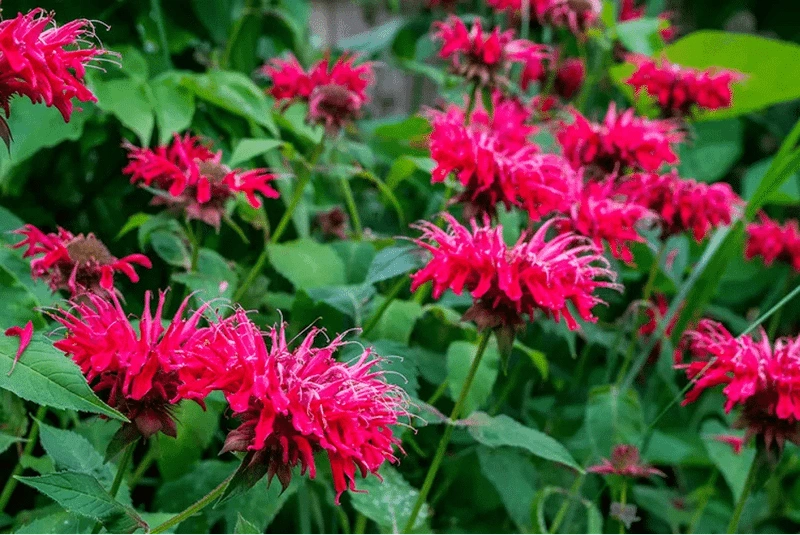
Bee balm, a favorite among pollinators, offers fiery blooms that deer tend to ignore.
Its bold colors and minty aroma make it a garden standout, attracting bees, butterflies, and hummingbirds.
Besides its ornamental value, bee balm can be used in teas and salads, adding a citrusy zing.
The plant thrives in full sun with moist soil.
Fun fact: Native Americans used bee balm as a medicinal herb to treat colds and headaches.
Marigold

Marigolds are the sun’s smile in flower form, bringing cheer to any garden.
Their pungent scent is a natural deterrent for deer, making them a practical choice for edible landscapes.
Known for their bright colors, marigolds can also be used in salads, offering a peppery flavor.
They flourish in sunny spots with well-draining soil.
Historically, marigolds have been used in religious ceremonies, symbolizing the sun and offering protection.
Calendula
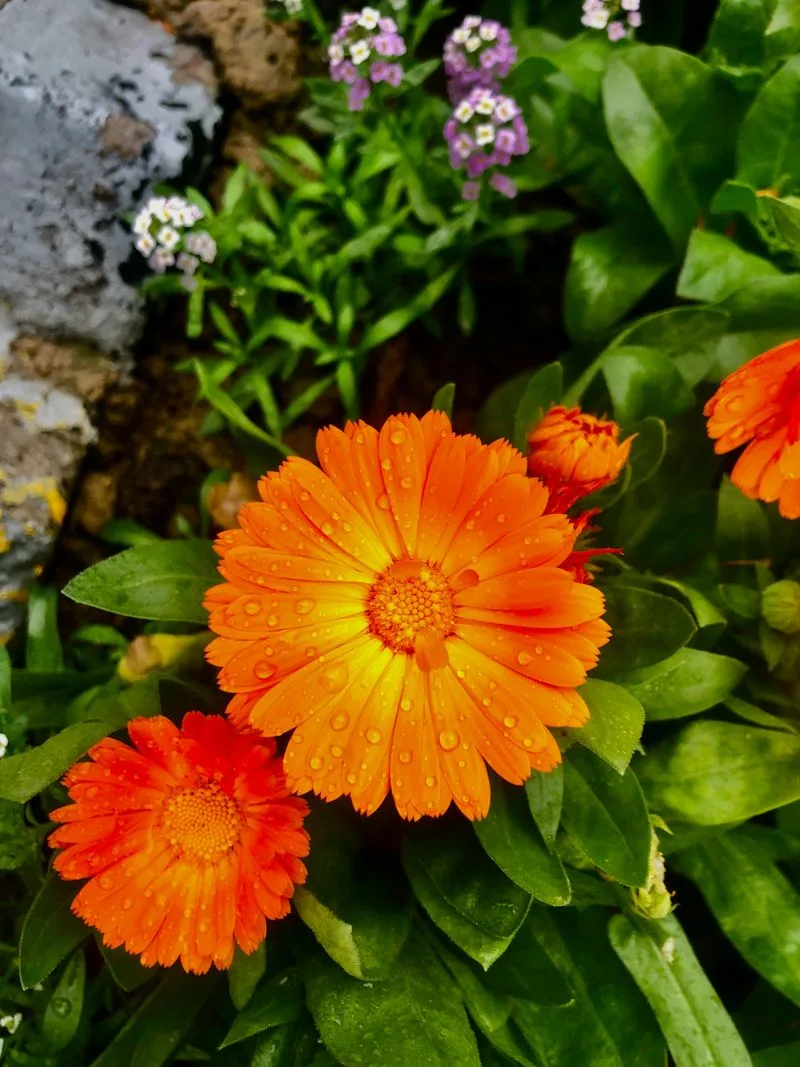
Calendula, often called “pot marigold,” is more than just a pretty face.
Its petals can be used to color and flavor dishes, while its sticky resin wards off deer.
Growing calendula is a joy; it prefers full sun and well-draining soil.
This versatile flower not only brightens gardens but also has soothing properties in skincare.
Did you know? Calendula was once used as a substitute for saffron in cooking.
Zinnia
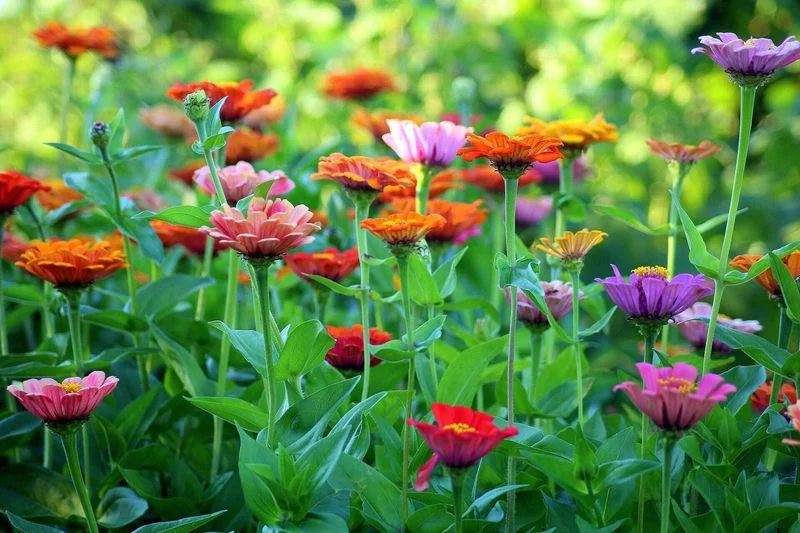
Zinnias, with their kaleidoscope of colors, are a delight for the eyes and a deterrent for deer.
These easy-to-grow flowers thrive in sunny, well-drained areas, bringing a burst of color that’s unmatched.
Zinnias can be cut for bouquets and add a spicy note to salads.
Their vibrant blooms attract pollinators while keeping deer at bay.
Fun fact: Zinnias were one of the first flowers to bloom in space.
Chives

Chives, with their onion-like allure, offer both beauty and utility.
These perennial herbs produce purple pom-pom blooms that deer dislike.
Chives are a culinary staple, adding a mild onion flavor to dishes.
Easy to grow, they thrive in sunny spots with well-draining soil.
Interestingly, chives have been used in traditional medicine to boost the immune system and improve digestion.
Allium
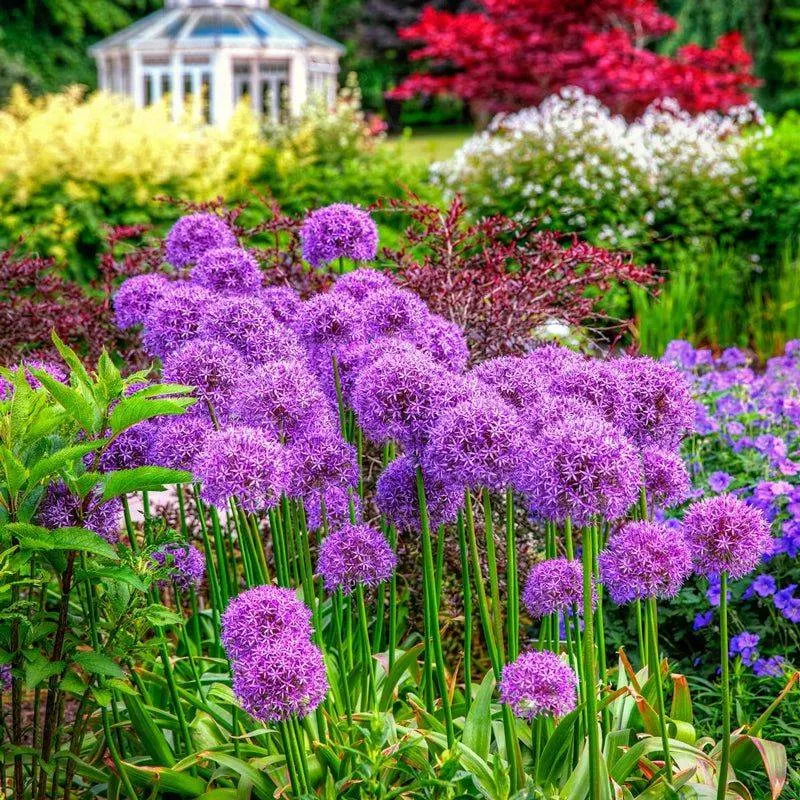
Alliums, known for their striking spherical flowers, are a majestic addition to any garden.
Their onion-like scent keeps deer at a distance, while their bold blooms captivate the eye.
Alliums are easy to grow in full sun and well-drained soil, adding architectural interest to landscapes.
Their edible bulbs and leaves bring a subtle garlic flavor to culinary creations.
Did you know? Allium flowers are related to garlic, onions, and leeks, making them both beautiful and functional.

